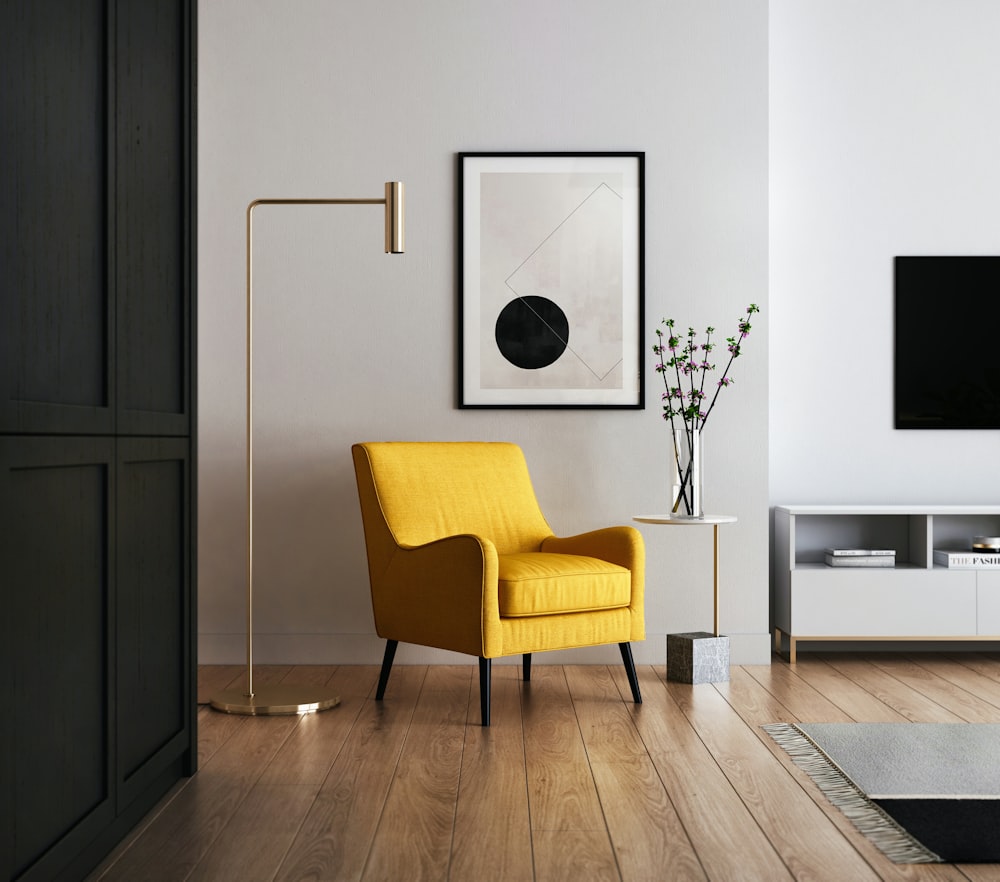sustainable living
Sustainable Living Minimalist Bamboo House Designs”
Exploring the Sustainable Appeal of Minimalist Bamboo House Designs
Eco-Friendly Living Spaces:
In today’s world, where sustainability is a growing concern, minimalist bamboo house designs offer a compelling solution for eco-conscious individuals seeking to reduce their environmental footprint. These innovative designs harness the natural strength and versatility of bamboo to create stylish and sustainable living spaces that blend seamlessly with their surroundings. From sleek modern dwellings to rustic retreats, minimalist bamboo houses exemplify the harmony between human habitation and nature.
Harnessing the Power of Bamboo:
Bamboo is renowned for its remarkable properties, making it an ideal material for sustainable construction. As one of the fastest-growing plants on earth, bamboo replenishes itself rapidly, making it a highly renewable resource. Additionally, bamboo boasts exceptional strength and durability, rivaling that of traditional building materials such as wood and concrete. By harnessing the power of bamboo, minimalist house designs not only minimize environmental impact but also offer long-lasting, resilient structures that stand the test of time.
Minimalist Aesthetics with Sustainable Benefits:
Minimalist bamboo house designs seamlessly blend aesthetics with sustainability, creating spaces that are both visually stunning and environmentally friendly. With clean lines, simple forms, and a focus on functionality, these designs embrace the principles of minimalism while incorporating sustainable materials and practices. From bamboo flooring and wall panels to structural elements such as beams and columns, every aspect of these houses is carefully crafted to minimize waste and maximize efficiency.
Energy-Efficient Features:
In addition to using sustainable materials, minimalist bamboo house designs often incorporate energy-efficient features to further reduce their environmental impact. Passive design strategies, such as orientation, natural ventilation, and shading, help optimize energy performance and enhance comfort without the need for excessive heating or cooling. Furthermore, renewable energy sources such as solar panels may be integrated into the design to provide clean, renewable power for the home.
Harmony with Nature:
One of the defining characteristics of minimalist bamboo house designs is their ability to harmonize with the natural environment. By using locally sourced materials and embracing biophilic design principles, these houses seamlessly blend into their surroundings, creating a sense of unity and connection with nature. Large windows and open floor plans invite natural light and ventilation, while outdoor living spaces such as verandas and gardens blur the boundaries between indoor and outdoor living.
Versatility and Adaptability:
Another advantage of minimalist bamboo house designs is their versatility and adaptability to different climates and environments. Whether nestled in the lush tropics or perched on a rugged mountainside, these houses can be tailored to suit a variety of landscapes and lifestyles. From compact urban dwellings to sprawling rural retreats, minimalist bamboo houses offer a flexible and customizable solution for sustainable living.
Inspiring Sustainable Practices:
Beyond their immediate benefits as eco-friendly dwellings, minimalist bamboo house designs inspire sustainable practices and lifestyles. By showcasing the potential of bamboo as a building material and demonstrating the beauty and functionality of minimalist design, these houses encourage individuals and communities to rethink their approach to housing and embrace more
Contemporary Tiny Living Minimalist Home Inspiration
Exploring Contemporary Tiny Living: Minimalist Home Inspiration
Embracing the Tiny Living Movement:
In recent years, the tiny living movement has gained significant traction as more people seek to simplify their lives and reduce their environmental footprint. Embracing the philosophy of “less is more,” tiny living advocates for living in smaller, more efficient spaces that prioritize quality over quantity.
The Appeal of Minimalist Home Design:
At the heart of contemporary tiny living is minimalist home design. Minimalism emphasizes clean lines, simplicity, and functionality, creating spaces that are both aesthetically pleasing and highly efficient. Minimalist homes are free from clutter and excess, allowing residents to focus on what truly matters and live more intentionally.
Maximizing Space Efficiency:
One of the key principles of minimalist home design in tiny living is maximizing space efficiency. Every square inch of the home is carefully considered and utilized to its fullest potential. This often involves creative storage solutions, multifunctional furniture, and innovative design techniques to make the most of limited space.
Sleek and Streamlined Aesthetics:
Contemporary tiny living spaces are characterized by sleek and streamlined aesthetics. Furniture and decor are chosen for their clean lines and minimalist silhouettes, creating a sense of visual harmony and cohesion throughout the home. By keeping the design simple and uncluttered, tiny living spaces feel open, airy, and inviting.
Natural Light and Openness:
In minimalist tiny homes, natural light plays a crucial role in creating a sense of openness and spaciousness. Large windows, skylights, and glass doors are often incorporated into the design to maximize natural light penetration and blur the boundaries between indoor and outdoor spaces. This not only enhances the aesthetic appeal of the home but also promotes a greater sense of connection with nature.
Neutral Color Palettes:
Neutral color palettes are commonly used in minimalist tiny homes to create a sense of calm and tranquility. Shades of white, beige, gray, and taupe dominate the color scheme, providing a versatile backdrop for pops of color or texture. Neutral colors also help to visually expand the space, making it feel larger and more expansive than it actually is.
Functional and Versatile Furniture:
In tiny living, every piece of furniture must serve a purpose and maximize space efficiency. Functional and versatile furniture pieces, such as Murphy beds, fold-out tables, and storage ottomans, are ideal for optimizing space in minimalist homes. These multifunctional pieces help to create a more flexible and adaptable living environment, allowing residents to make the most of their limited space.
Minimalist Decor and Accessories:
When it comes to decor, less is often more in minimalist tiny homes. Decor and accessories are chosen thoughtfully and sparingly, with an emphasis on quality over quantity. Simple, understated pieces add personality and warmth to the space without overwhelming it with clutter. By keeping decor minimal, tiny living spaces feel calm, balanced, and inviting.
Embracing Sustainable Living Practices:
In addition to minimalist design principles, contemporary tiny living also embraces sustainable living practices. From energy-efficient appliances to eco-friendly building materials, tiny homes are designed


